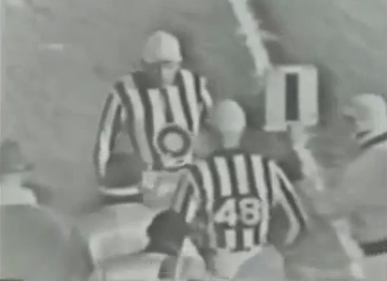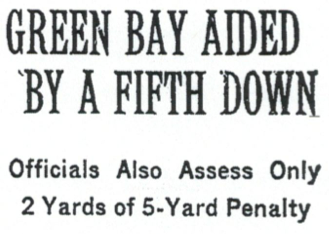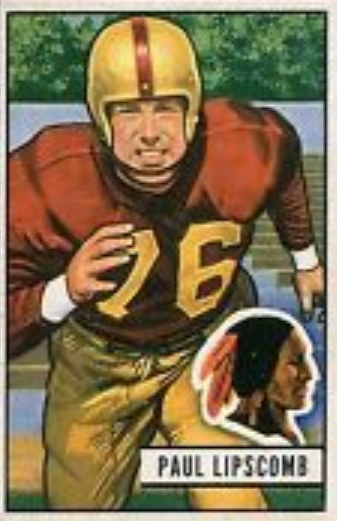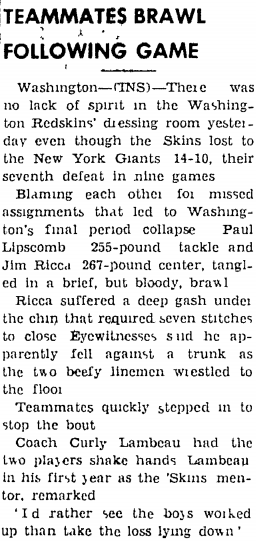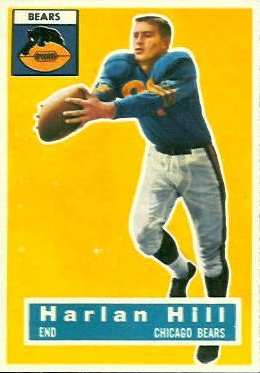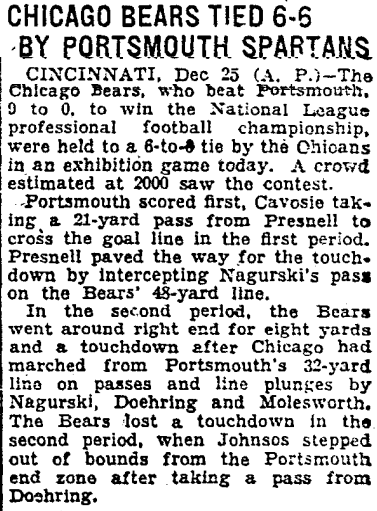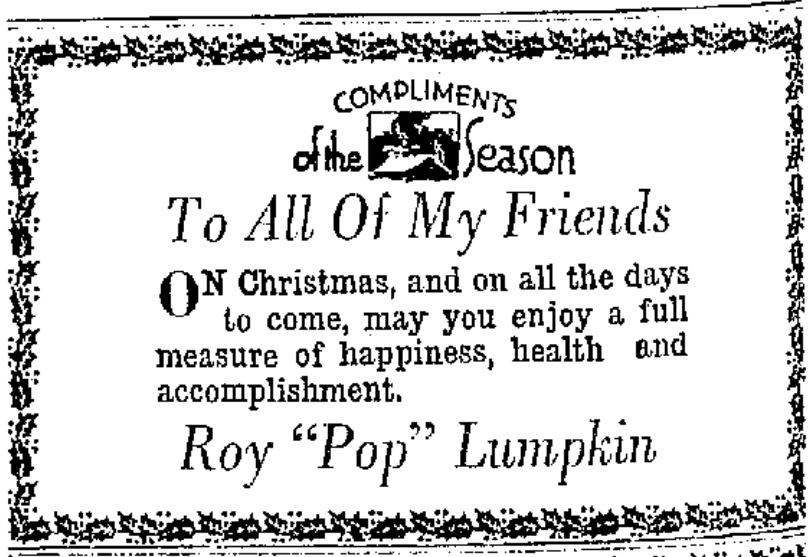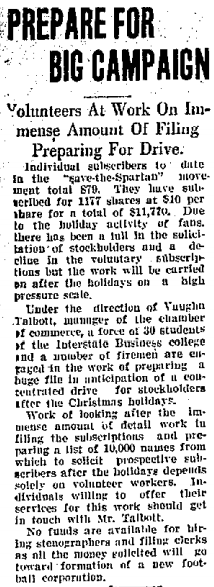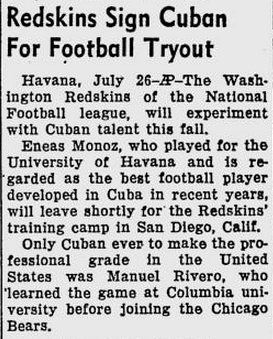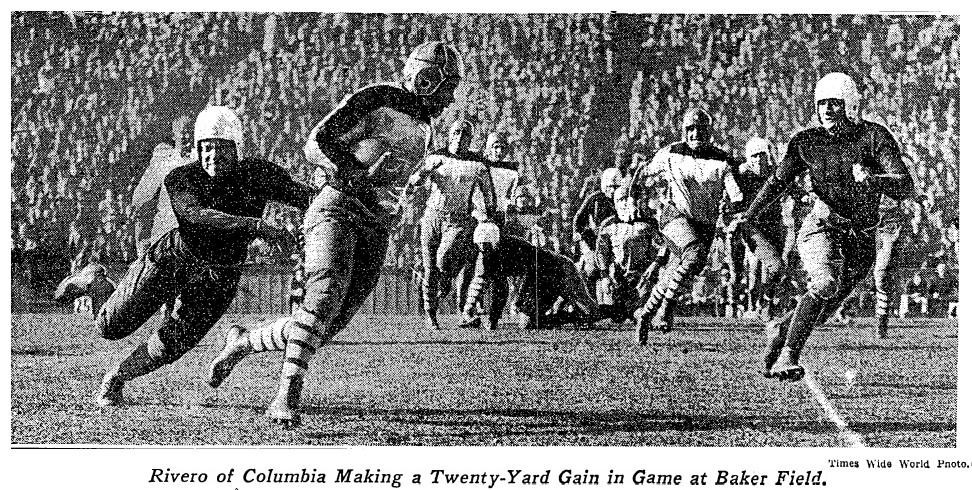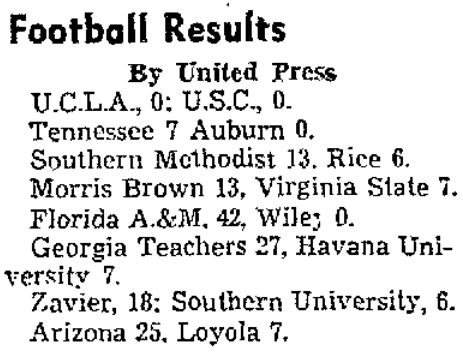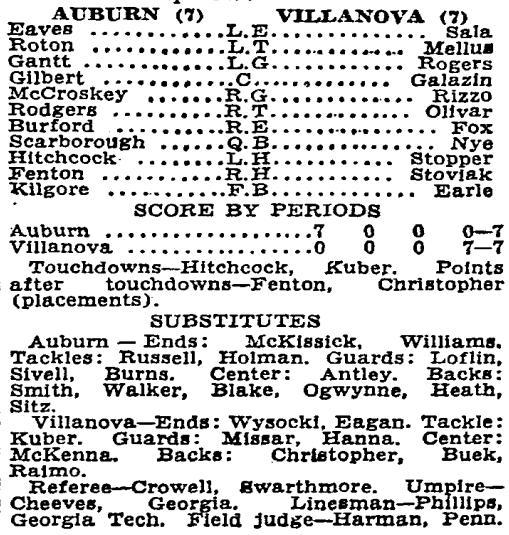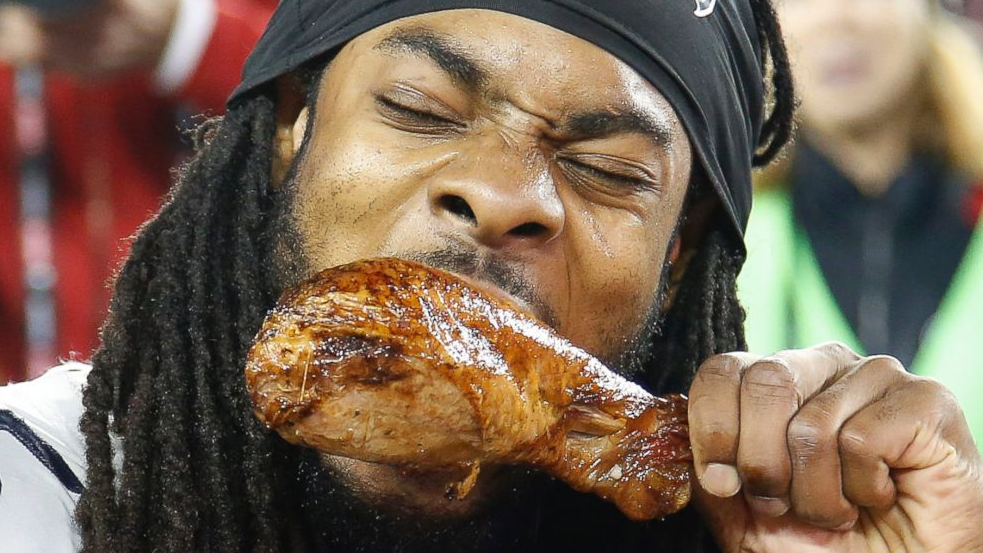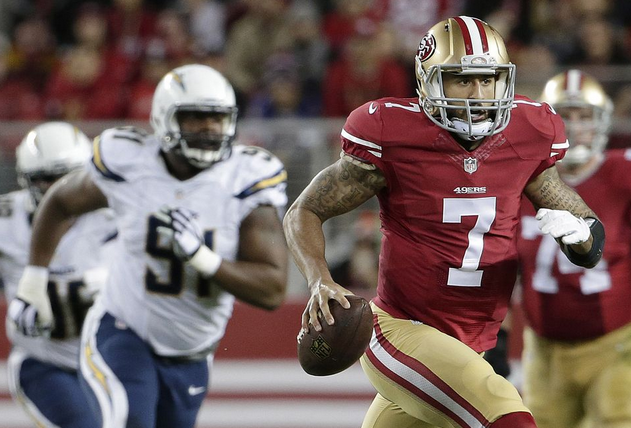The Packers host the Lions today with the division title — and possibly more — at stake. To kill time until the kickoff, why don’t we talk about something else that happened at Lambeau Field on this date . . . in 1961. With the wind chill a shivering 6 degrees, Green Bay won the first of its five NFL titles under Vince Lombardi, swallowing up the Giants, 37-0.
What’s totally forgotten about this game is that, thanks to a gaffe by the officiating crew in the third quarter, the Packers offense was given a fifth down. It didn’t have any effect on the outcome, thank goodness, but it’s still fun to revisit.
In fact, here’s the video of the game, courtesy of YouTube. If you jump ahead to the 1:10:08 mark (and let it run to 1:16:48), you can watch the whole nightmare unfold.
It happened right after the second-half kickoff. On first down from his 36, the Packers’ Paul Hornung gained a yard up the middle . . . and then the zebras collectively lost their minds. (That’s Lindsey Nelson, by the way, doing the play-by-play for NBC.)
As you saw, on second and 9 Packers quarterback Bart Starr scrambled 21 yards to the New York 42, where he fumbled and Giants safety Jimmy Patton recovered. At this point, referee George Rennix started doing some very strange things.
First he signaled that an illegal procedure penalty against the Packers had been declined (which presumably meant the play stood).
Then he picked up the ball and stepped off a five-yard penalty against Green Bay, moving the line of scrimmage to the 47.
Then he decided to confer with the other officials.
And then he concluded that the procedure penalty, which came before the snap, had wiped out the play and thus, the Packers retained possession.
But Rennix wasn’t through. In the confusion, the chains had been moved, and nobody remembered where the original line of scrimmage was. So when he marked off the five-yard penalty against Green Bay, he began from the 40, not the 37 — which made it just a two-yard penalty.
Worse, the chain gang, thinking the ball had changed hands, had flipped the down marker from 2 to 1 — and none of the officials caught it. Check out this screen shot of Rennix talking to head linesman John Highberger (48) — and notice the 1 on the marker to Highberger’s right.
Anyway, it was pretty embarrassing. And it would have been a lot more than that, of course, had the the Packers gone down the field and scored again. But they wound up punting, so no major damage was done. To recap, the five downs went like this:
1. First and 10 from the Green Bay 36 — Hornung, 1-yard run to the 37.
2. First and 15 from the Green Bay 35 (after Rennix’s Follies) — Hornung, 10-yard run to the 45.
3. Second and 5 from the Green Bay 45 — Jim Taylor, 1-yard run to the 46.
4. Third and 4 from the Green Bay 46 — Starr, incomplete pass to Bowd Dowler.
5. Fourth and 4 from the Green Bay 46 – Dowler punts.
“Not until after the game could the officials be reached for an explanation that answered only a part of the question,” The New York Times reported. “The officials said that a Green Bay lineman had been in motion illegally before the Packers had started their play. That voided everything that happened thereafter.
“Furthermore, they said that Starr already had hit the ground and the ball had been whistled dead when he fumbled, so in any case possession would not have been awarded to the Giants. [Note: This is totally at odds with the actions of Rennix, who signaled it was New York’s ball.]
“They never did say . . . why the down marker was reset at 1 instead of remaining at 2.”
Which left the NFL with this wonderful Times headline when it was all over:
Source: pro-football-reference.com

